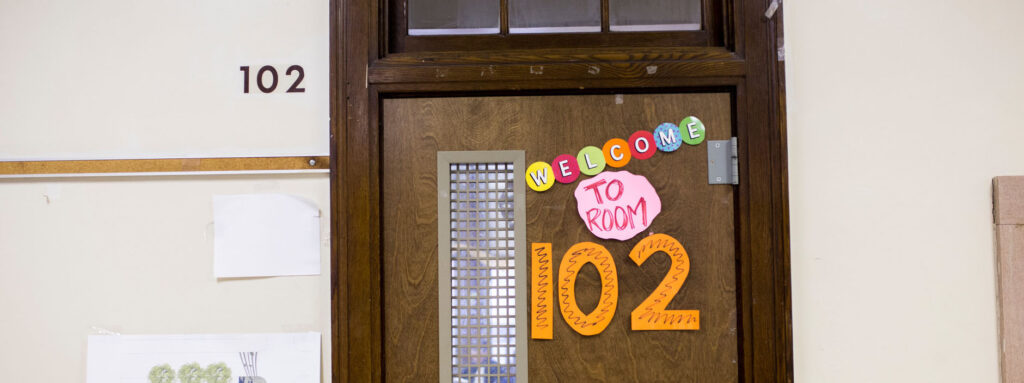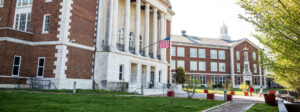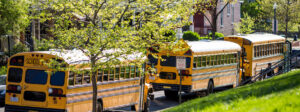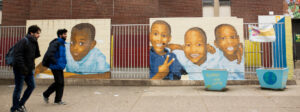At only seven years old, I could tell the difference between teachers that cared and those that didn’t—I think all kids can.
Between kindergarten and my senior year of high school, I attended 13 different schools across multiple districts in both New York and North Carolina. I’ve probably had hundreds of teachers. I wish I could say that every school I went to prepared me for my future, but truthfully, if I didn’t have the experience I did in high school—four years learning in a caring community—I don’t know if I would’ve made it to college.
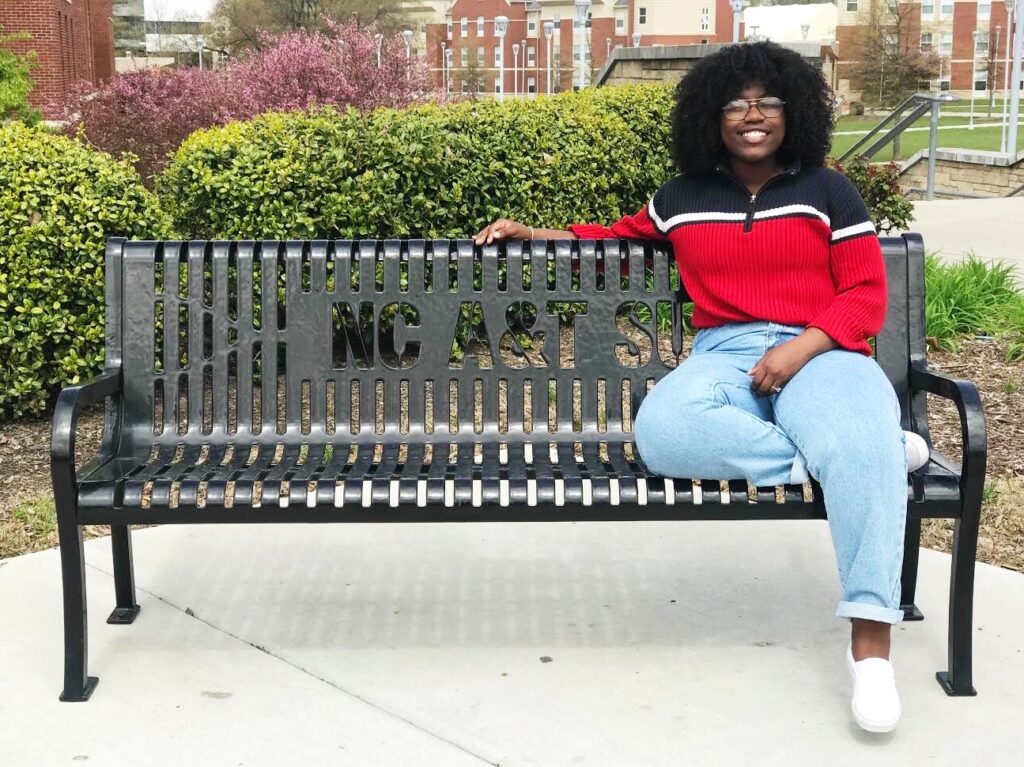
“I wish I could say that every school I went to prepared me for my future, but truthfully, if I didn’t have the experience I did in high school—four years learning in a caring community—I don’t know if I would’ve made it to college.”
My earliest memory of school is from second grade, the last year I spent in New York City where I was born. I had just started a new school and didn’t do well on my first math test. Many factors went into me not knowing what was on that test, one of them was that my teacher didn’t understand that at my previous school they taught the lesson a different way. Each school I went to had its own system—and it seemed like by the time I figured it out, it was too late. When I went to my teacher after the test to ask for help, things just got worse. Instead of helping me, she said she had to go to a meeting, and informed me that my chances of making it to high school, let alone graduating, were slim to none. I was only seven years old, and she was the grown-up; no kid should have to experience this type of treatment at school, especially from an educator.
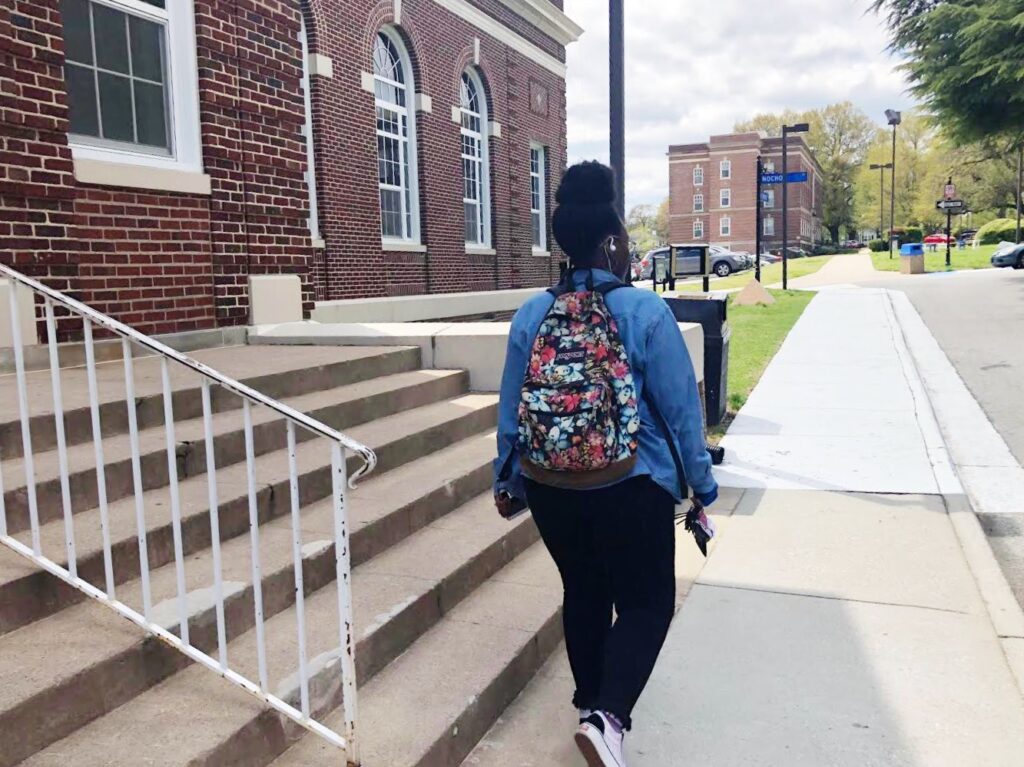
“Each school I went to had its own system—and it seemed like by the time I figured it out, it was too late.”
Things got better when I moved to Charlotte, North Carolina a few months later. Mrs. Witherspoon, the first teacher I had after moving, gave me confidence in teachers for the first time. Not only was she patient with me when I struggled in mathematics, she supported me as a person, too. I remember arriving at school the day my mom and I were being evicted from our house and forced to leave immediately. I was scared because I didn’t know what I would be going home to. When I walked into Mrs. Witherspoon’s classroom, and she greeted me with a sincere “good morning,” I instantly felt better and was reminded that there was someone that cared. She remains my favorite to this day. Knowing there was someone invested in my success gave me a reason to do better, and challenge myself in school.
Middle school was when the bullying started. I was the only Black girl in all my classes, and I recall being picked on for being different in the predominantly white community. At the time it made me want to fit in. I tried to change myself to make them like me, but straightening my hair and listening to music I hated didn’t make me white—so the bullying didn’t stop. All the ways my teachers could’ve stepped in is the part that hurts the most. Looking a teacher in the eye after they watched me get bullied and did nothing about it furthered my distrust in the school system.
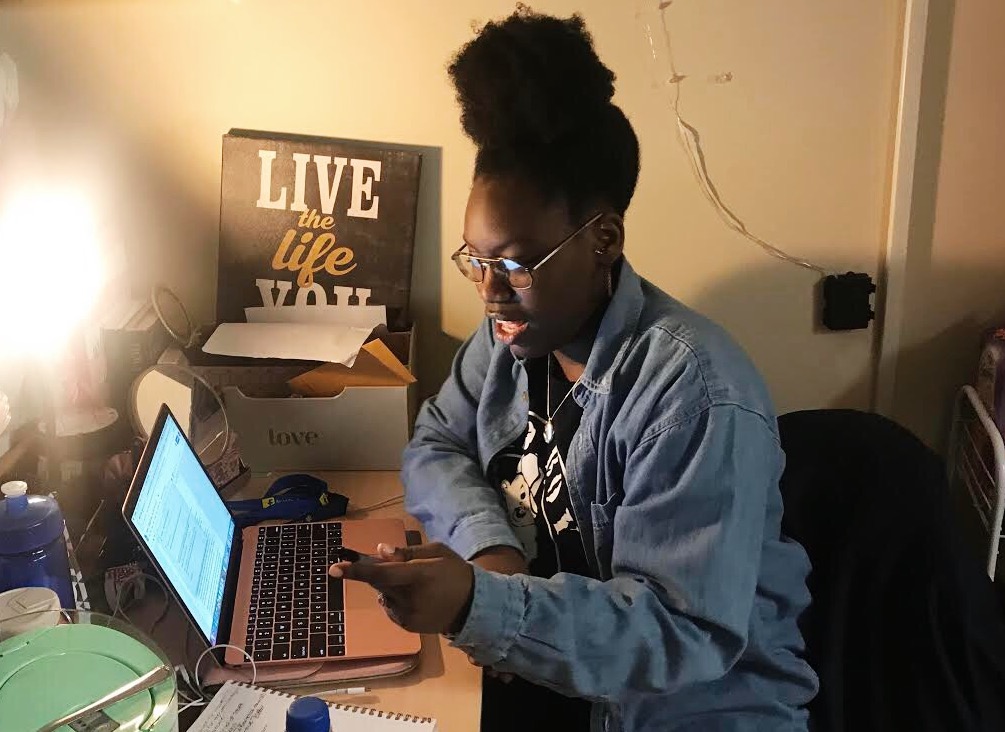
“Knowing there was someone invested in my success gave me a reason to do better, and challenge myself in school.”
High school is when I got to be myself; it’s when I figured out that education was the only thing that could get me to a level of success that my family had yet to reach—I’m now the first one of us to go to college. My beloved Butler High School in Matthews, North Carolina, was a thriving community that taught me to pave my own path to success, and that it was normal to have strengths and weaknesses. As it takes a village to raise a child, it takes a school community to send kids off to college. Butler is a melting pot with a person of color enrollment rate of 58 percent. I learned the importance of using our diversity to succeed, which is something that’s given me an advantage in college.
The school embraced our differences and allowed for multiple styles of learning and teaching. I didn’t have this experience at other schools. Being in an environment where I had to learn things numerous ways—while knowing it’s okay if one particular style doesn’t agree with me—has given me the ability to adapt to the new college environment more quickly than my peers.
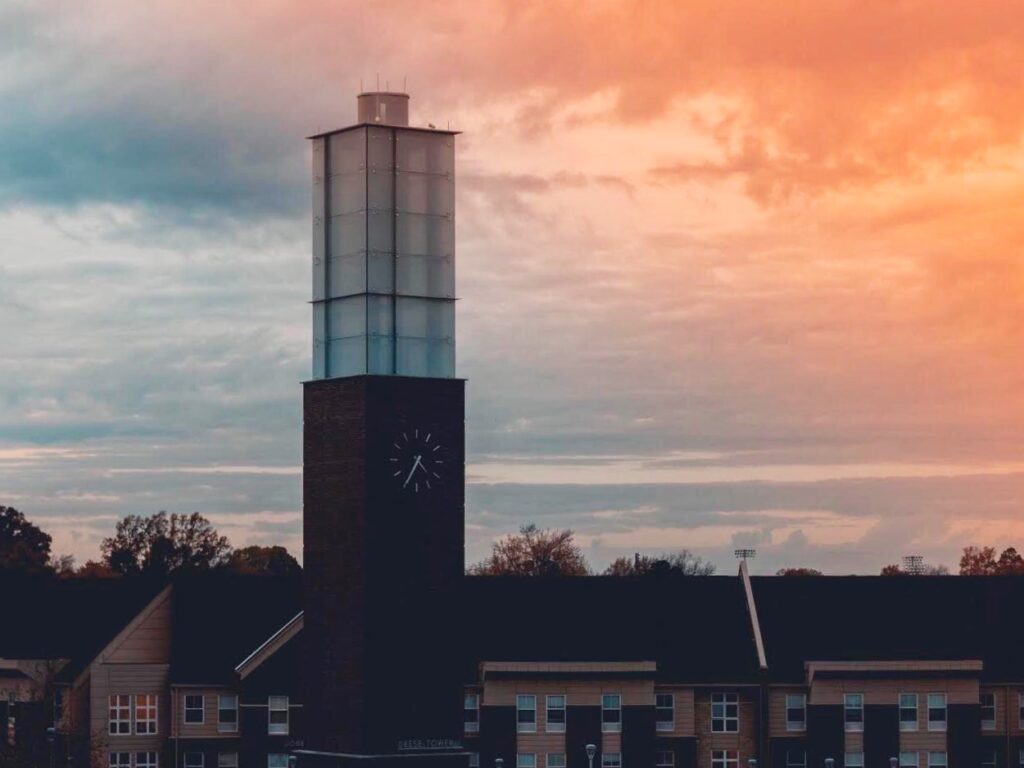
“As it takes a village to raise a child, it takes a school community to send kids off to college.”
Like many of today’s colleges, learning at North Carolina A&T State University, where I go to school, happens online, with a lecture once or twice a week. Without using the skills of adaptation and application I learned from Butler, I wouldn’t have succeeded like I have so far this year. I have had to teach myself a subject on more than one occasion and being able to use different teaching skills and learning techniques I learned in high school has helped tremendously.
If teachers are interested in helping kids learn resilience, I suggest they stress that “it’s okay to be you.” At Butler, they showed me that who I am as a person matters.
Getting here wasn’t easy, and college isn’t easy either; being a first-generation college student enrolled in a historically black university provides its own set of challenges. Yet I know that with what I learned at Butler and the support of my family and friends, I’ll be alright.
Read more about students' experiences in school in The Opportunity Myth—then take the first step by requesting your own free action guide featuring tools and advice to help more students in your community have worthwhile experiences in school.
All photos courtesy of Niara Riddick and her classmates.
